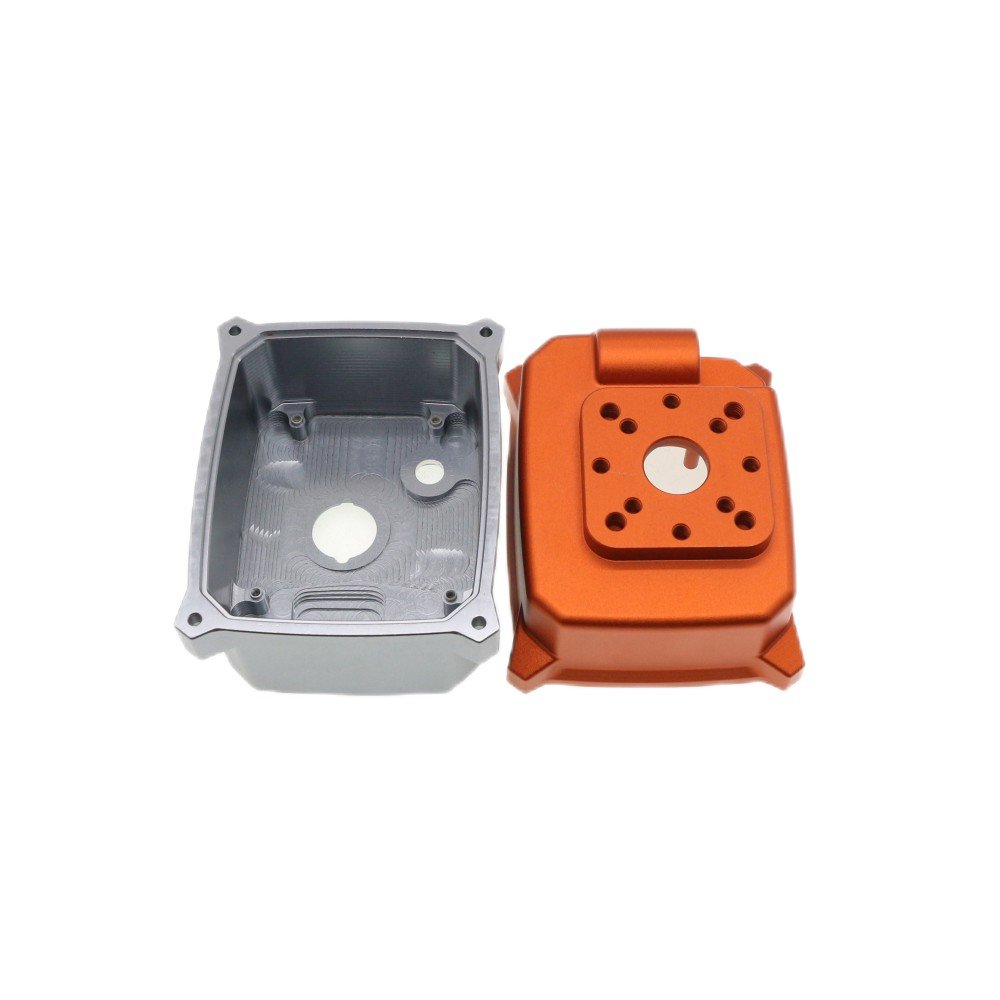
 Huatuchang
Huatuchang
With 18 years of experience and over 1,000 surface treatment projects completed, Huatuchang knows how to finish strong.We’ve supported more than 500 customers with high-quality surface finishes—from anodizing and electroplating to electrophoresis and polishing—after forging and CNC machining.
One of our biggest challenges? Supplying battery pack parts for a Tier 1 automotive client that required 1,344 hours of salt spray resistance. With expert control and proven processes, we delivered beyond expectations.
Whatever your industry, whatever your challenge—we’ll help you finish with confidence.Explore our sample projects


Surface smoothing to improve appearance or prep for anodizing.
Types: Mirror polishing / satin finish / vibration polishing
Applications: Smart hardware, bicycle parts, consumer electronics

An electrochemical process that creates a corrosion-resistant and decorative oxide layer. Available in clear, black, red, blue, and more.
Features: Hardness, corrosion resistance, customizable colors
Options: Type II (decorative), Type III (hard anodizing)

Deposits a thin metallic layer (e.g., nickel, chrome) onto the part for improved conductivity, wear resistance, or visual finish.
Features: Electrical conductivity, shine, smoothness
Common Types: Nickel, chrome, zinc

Ideal for uniform, corrosion-resistant coatings in complex geometries. Often used as a primer or topcoat for color and protection.
Best for: High-volume or intricate parts
Features: Uniform thickness, good adhesion, excellent corrosion resistance

We also support powder coating, painting, or customized multi-layer finishes for unique projects or industrial needs.
forge [fôrj] 锻造【鍛造】
VERB
make or shape (a metal object) by heating it in a fire or furnace and beating or hammering it.
Data from Oxford Languages
Hot die forging is a precision forging process where solid metal billets are heated above their recrystallization temperature and formed under high pressure within precisely engineered dies. This method achieves near-net-shape components through controlled plastic flow,often eliminating the need for extensive machining. Simultaneously refining grain structure via dynamic recrystallization to enhance mechanical strength and fatigue resistance. Unlike casting, it produces high-density parts through solid-state deformation without molten metal filling, making it essential for critical load-bearing applications like automotive transmission gears and aerospace engine components.
Heated metal is pressed under high pressure into a precision steel die, where it flows to fill the cavity and takes the shape of the tool. In the process, the metal’s grain structure is refined, resulting in parts with superior strength and durability. This process is ideal for producing high-performance components with excellent mechanical properties.
From automotive to consumer electronics, we’ve helped clients across industries achieve the perfect finish.








From early-stage design to final inspection, our engineering and quality systems are built to ensure product reliability and manufacturing efficiency.
We’ve answered some of the most common questions about our surface treatment services.
Have something else in mind? Just reach out — we’re here to help.
Yes, all finishes meet RoHS and REACH standards. Certificates and salt spray or film thickness test reports can be provided upon request.
We control raw material batches, forging direction, and surface prep to reduce variation. Each order follows a standard process with color samples confirmed before mass production.
Standard Type II anodizing is 8–15μm. For hard anodizing (Type III), we offer 25–50μm based on your functional or drawing requirements.